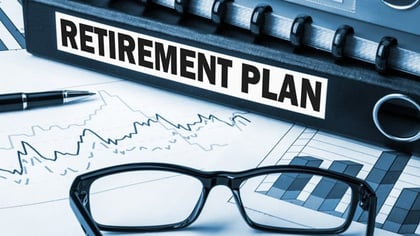Like mermaids and unicorns, passive target-date funds are simply a myth, according to State Street Global Advisors.
SSGA’s Gregory Porteous stopped by ThinkAdvisor’s offices to discuss a new report from State Street Global Advisors called “The World Is Flat & Other Dangerous TDF Investing Myths.”
(Related: Liz Ann Sonders: The Big Mistake Investors Should Avoid This Year)
Porteous is a managing director of SSGA and head of defined contribution intermediary strategy within the Institutional Consulting Group. His team is responsible for developing and maintaining key DC relationships serving as thought leaders on industry trends, leveraging distribution opportunities and being both a tactical and strategic consultative partner. SSGA, one of the world’s largest asset managers, is a provider of target-date funds.
Porteous said that advisors, recordkeepers and plan sponsors often separate target-date funds into three buckets: active, passive and hybrid.
“What they call ‘active’ is a target-date with all active managers underneath it; ‘passive’ is a target-date with all index; and ‘hybrid’ is a little of both,” he explained to ThinkAdvisor.
However, according to Porteous, there’s really no such thing as a hybrid or a passive target-date fund.
“Within a target-date, it’s always an active asset allocation decision,” he explained. “You’re always building the allocation based on the age, the target of the employee and the glide path.”
According to the report, SSGA believes it is time to dispel some of the myths of “passive” target-date funds.
Myth: All target date funds are either passive or active.
When it comes to target-date selection, there is a growing concern that the retirement industry is falling back on outdated thinking, creating false distinctions between “active” and “passive” TDF suites, according to the SSGA report.
“Indexing giants that offer target-date solutions utilize index funds as their underlying building blocks to access appropriate asset classes in an efficient, cost-effective manner,” the report states.
However, the report notes that this does not mean that these target-date suites are passive strategies.









 March 21, 2018 at 08:47 AM
March 21, 2018 at 08:47 AM











